84 episodes
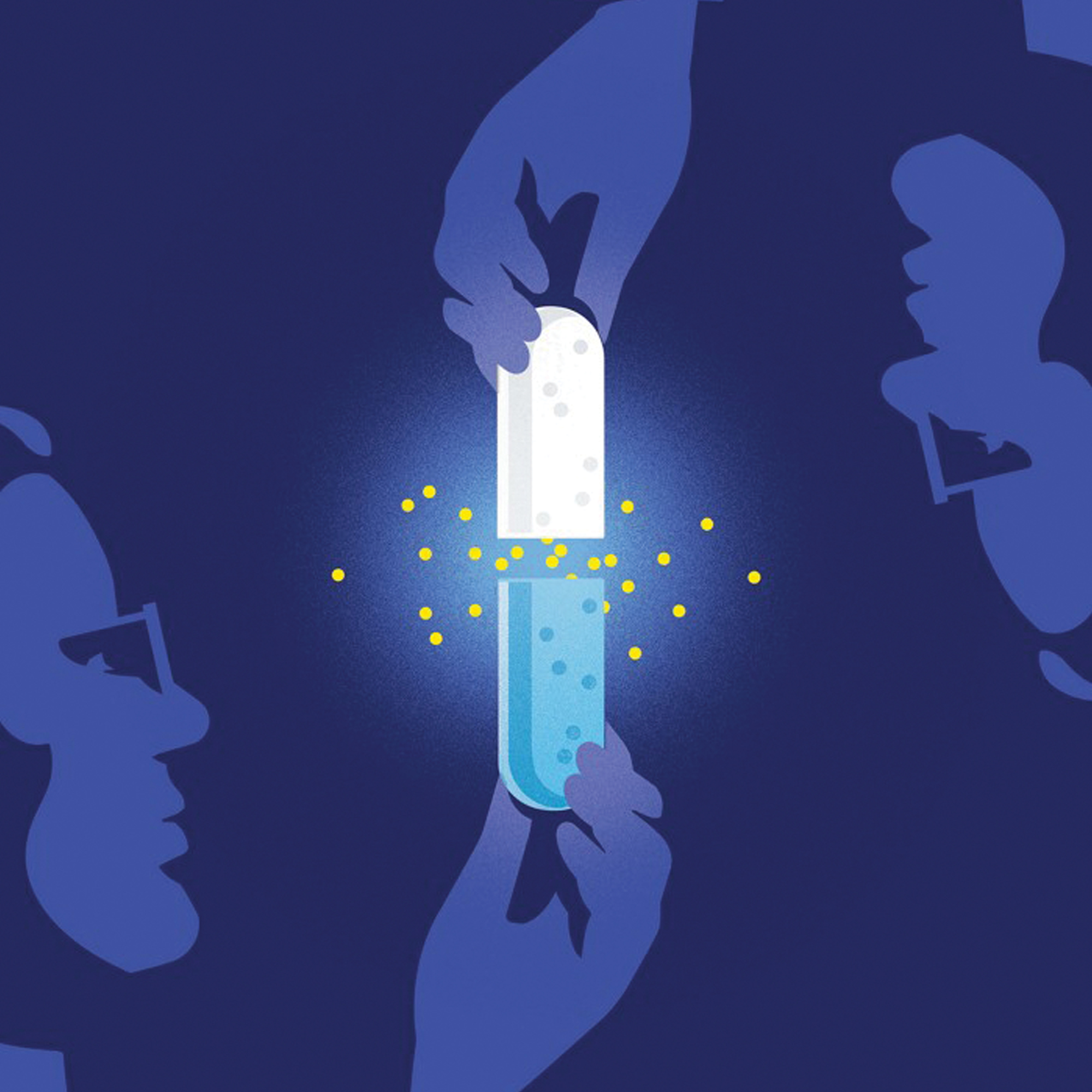

As the science of drug discovery has grown in scale and gotten more complicated, so have the drug molecules themselves. But there’s a promising class of drugs made of just a handful of atoms that punch above their weight by leveraging the natural chemistry of the cell. Recent discoveries have opened up a new era of pharmaceutical chemistry that some people are calling a golden age. In this episode of C&EN Uncovered, reporter Laura Howes explains this exciting field of research and its implications for the drugs of the future. C&EN Uncovered, a project from C&EN’s podcast, , offers a deeper look at subjects from recent stories. Check out Laura’s cover story on small-molecule drugs at cenm.ag/smallmol. Subscribe to now on Apple Podcasts, Spotify, or wherever you listen to podcasts. A transcript of this episode will be available soon at cen.acs.org. Credits Executive producer: Gina Vitale C&EN Uncovered host: Craig Bettenhausen Reporter: Laura Howes Audio editor: Brian Gutierrez Copyeditor: Bran Vickers Story editor: Mitch Jacoby Episode artwork: Chris Gash Music: “Hot Chocolate,” by Aves Contact : Contact us on social media at @cenmag or email cenfeedback@acs.org.
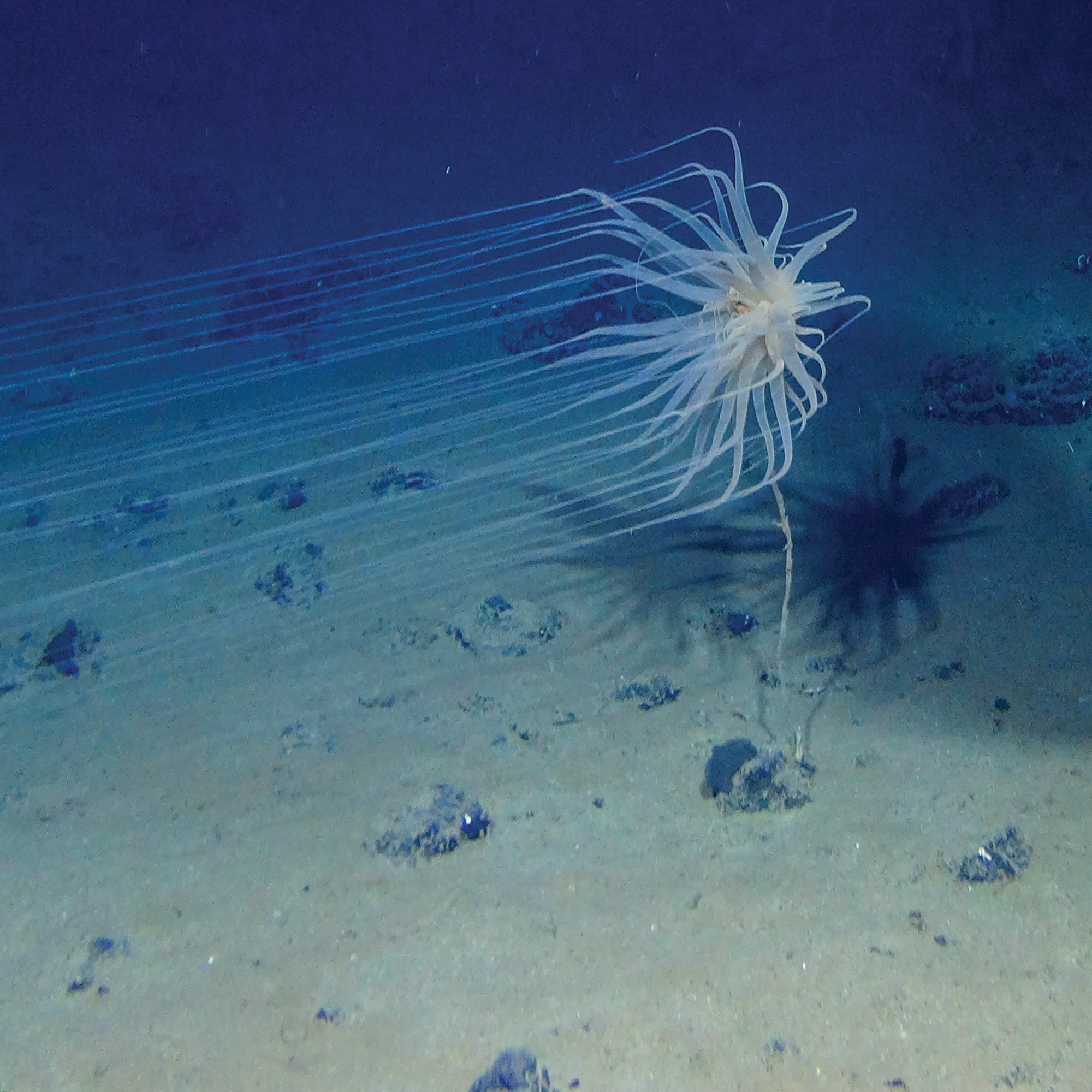

Resting on the bottom of the ocean are potato-sized nodules of valuable minerals that are more or less up for grabs. Multiple corporations and some nations are racing to build deep-sea drones that can withstand the extreme conditions at the seafloor and bring these 1-20 cm nodules to eager buyers on the surface. Many of the metals in these nodules are critical for green technologies like batteries. But these nodules are also an important part of ecosystems we are just beginning to understand. In this episode, C&EN reporter Priyanka Runwal chats with host Craig Bettenhausen about this complex issue. C&EN Uncovered, a project from C&EN’s podcast, Stereo Chemistry, offers a deeper look at subjects from recent stories. Check out Runwal’s full story at cenm.ag/seafloormine. For more about mining the oceans, check out this episode of Stereo Chemistry from earlier this year about filtering minerals directly out of the water: cenm.ag/ocean Subscribe to Stereo Chemistry now on Apple Podcasts, Spotify, or wherever you listen to podcasts. A transcript of this episode will be available soon at cen.acs.org. Credits Executive producer: Gina Vitale C&EN Uncovered host: Craig Bettenhausen Reporter: Priyanka Runwal Audio editor: Brian Gutierrez Copyeditor: Bran Vickers Story editor: Laura Howes Episode artwork: Diva Amon/Craig Smith/University of Hawaii Music: “Hot Chocolate,” by Aves Contact Stereo Chemistry: Contact us on social media at @cenmag or email cenfeedback@acs.org.
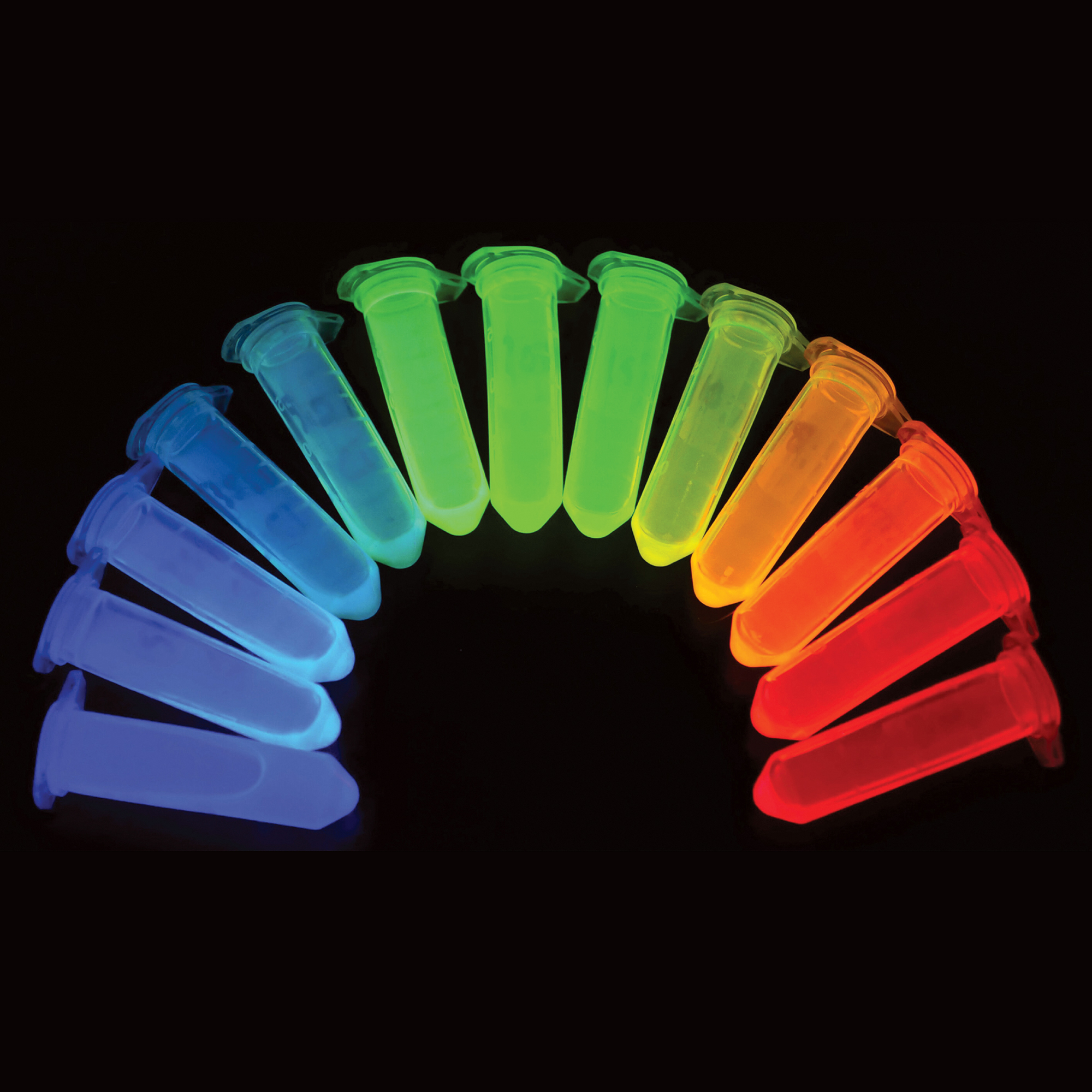

The Nobel Prize announcements are big events at Chemical & Engineering News. But we find out the winners at the same time as everyone else. Then, the race is on for our reporters. This year, staffers Laurel Oldach and Mitch Jacoby took on the task of covering the science prizes. In this episode, they reflect on this year’s winning research in chemistry and medicine and share what it’s like covering the most prestigious prizes in science. C&EN Uncovered, a project from C&EN’s podcast, Stereo Chemistry, offers a deeper look at subjects from recent stories. Check out our reporting on the 2023 Nobel Prizes at https://cen.acs.org/magazine/101/10133.html. Subscribe to Stereo Chemistry now on Apple Podcasts, Spotify, or wherever you listen to podcasts. A transcript of this episode will be available soon at cen.acs.org. Credits Executive producer: Gina Vitale Host: Gina Vitale Reporters: Mitch Jacoby and Laura Oldach Audio editor: Brian Gutierrez Copyeditor: Bran Vickers Story editor: Chris Gorski Episode artwork: Milad Abolhasani/NCSU Music: “Hot Chocolate,” by Aves Contact Stereo Chemistry: Contact us on social media at @cenmag or email cenfeedback@acs.org.


The first issue of C&EN was published in 1923 with the stated purpose of “the promotion of research, the development of the chemical industry, and the welfare of the chemist.” The world of chemistry has grown a lot since then, and the magazine has been there to report on it all. To celebrate our 100th anniversary, C&EN reporter and informal historian Alex Tullo has sifted through thousands of issues of the magazine, and in this episode, he guides our host Craig Bettenhausen on a tour through the magazine’s history from the industrialization of plastics, to the environmental movement, to the modern era of digital publication. When this episode was recorded, Tullo was preparing the From the Archives feature for the 1980s, which is now published. C&EN Uncovered, a project from C&EN’s podcast, Stereo Chemistry, offers a deeper look at subjects from recent stories. Read Alex’s entire series about the C&EN archives at cenm.ag/fromthearchives. A transcript of this episode will be available soon at cen.acs.org. Credits Executive producer: Gina Vitale C&EN Uncovered host: Craig Bettenhausen Reporter: Alex Tullo Audio editor: Brian Gutierrez Copyeditor: Bran Vickers Story editor: Manny I. Fox Morone Episode artwork: Shutterstock/Kay Youn/Will Ludwig/C&EN Music: “Hot Chocolate” by Aves Contact Stereo Chemistry: Contact us on social media @cenmag or email cenfeedback@acs.org.
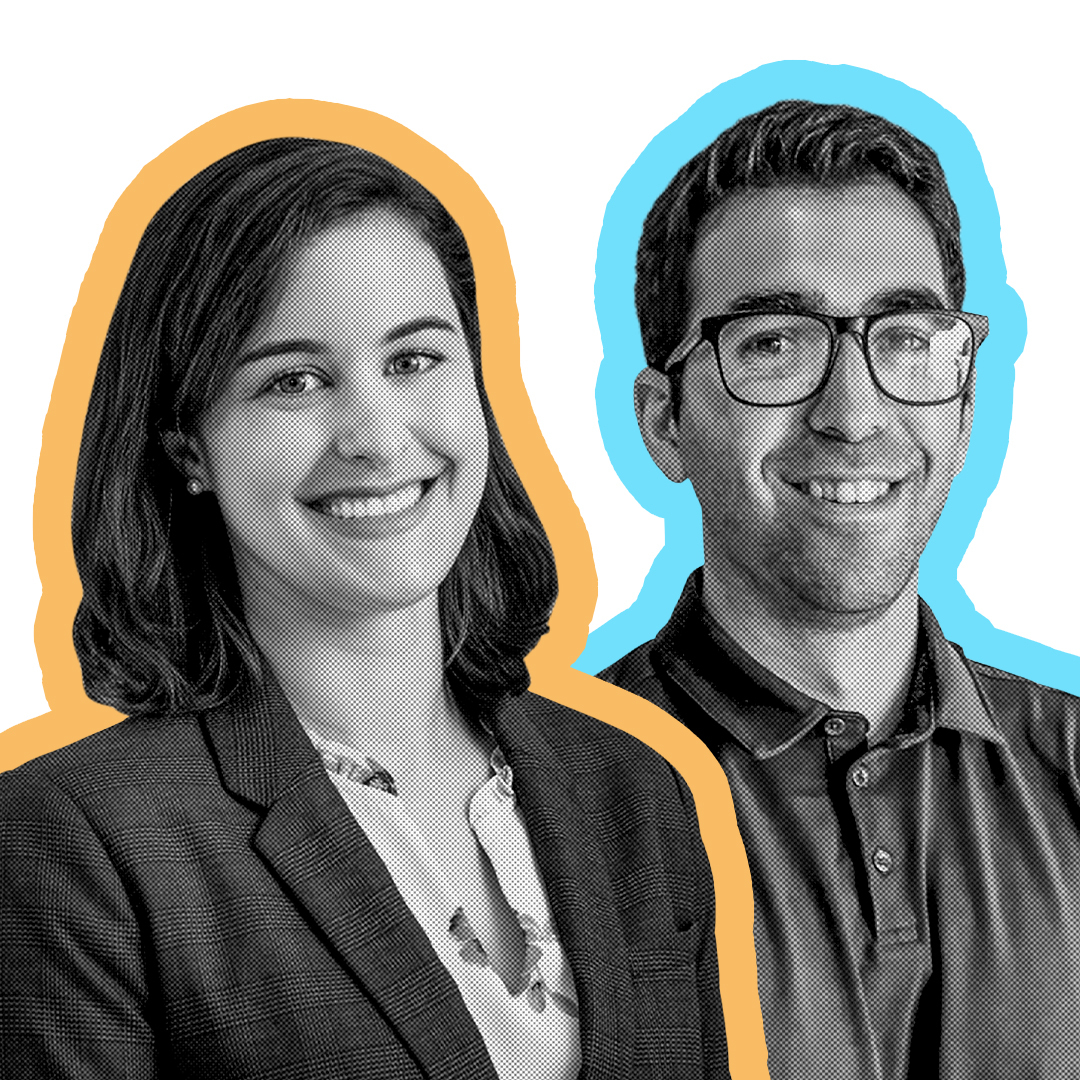

Early-career scientists are increasingly gravitating toward science policy, but the transition from the research bench to the policy office can be a tricky one. What can that path look like, and how can chemistry knowledge translate into a successful science policy career? In this bonus episode of C&EN’s Bonding Time, Mark Feuer DiTusa sits down with recent science PhD graduates and science policy professionals Jennifer DiStefano and Jared Mondschein to hear about their intertwined journeys, what science policy looks like for them, and how they think policy is shaping the direction of chemistry in the US. You can find the episode where we spoke with six chemists about their yearlong science policy fellowships in Washington, DC, at http://cenm.ag/lessons. You can connect with Jennifer DiStefano and Jared Mondschein at their LinkedIn pages. A transcript of this episode will be available soon at cen.acs.org. [Include CTA info/links from episode promo here, if relevant.] Credits Executive producer: Gina Vitale Writer: Mark Feuer DiTusa Audio editor: Mark Feuer DiTusa, Brian Gutierrez Story editor: Ariana Remmel Copyeditor: Sabrina Ashwell, Michael McCoy Show logo design: William A. Ludwig Episode artwork: William A. Ludwig Music (in order of appearance): “The Beat Detector” by Novembers, "Sugar Cubes" by Avner Kelmer Contact Stereo Chemistry: Tweet at us at @cenmag or email cenfeedback@acs.org.
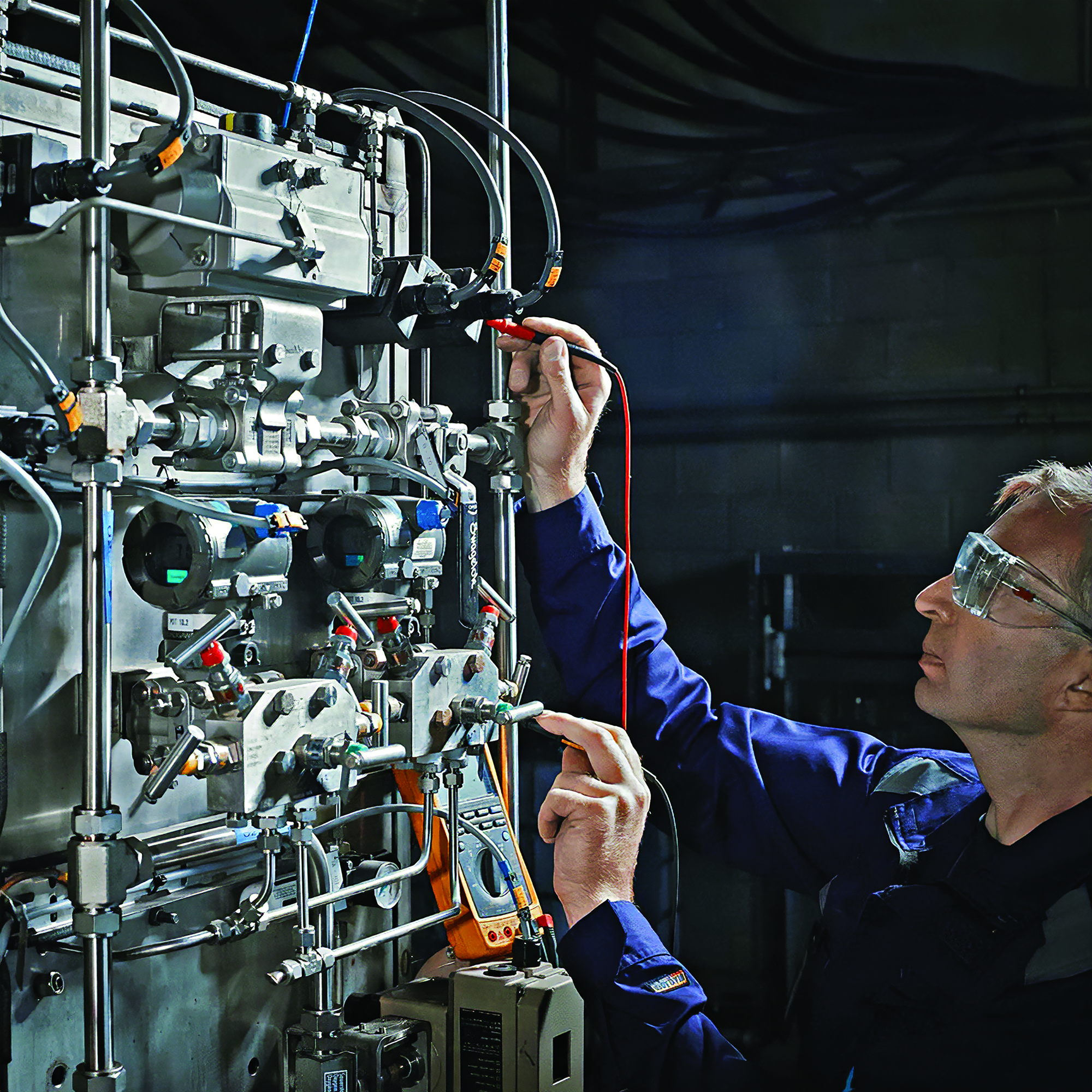

Hydrogen might be the key to a clean energy future, but only if it can be made without fossil fuels. Most hydrogen today is made from methane. With generous government tax credits and enthusiasm for sustainable technology, the race is on for green hydrogen. Craig Bettenhausen, our usual host, guides C&EN associate editor Gina Vitale through the hydrogen rainbow and how the periodic table’s number 1 element could become the number 1 fuel. C&EN Uncovered, a new project from C&EN’s podcast, Stereo Chemistry, offers a deeper look at subjects from recent cover stories. Read Bettenhausen’s July 3, 2023, cover story about hydrogen electrolyzers at cenm.ag/hydrolyzers. A transcript of this episode will be available soon at cen.acs.org /cen.acs.org. Credits Executive producer: Gina Vitale Host: Gina Vitale Cover story reporter: Craig Bettenhausen Audio editor: Brian Gutierrez Story editor: Michael McCoy Copyeditor: Sabrina Ashwell Show logo design: William A. Ludwig Episode artwork: Nel Music: “Hot Chocolate” by Aves Contact Stereo Chemistry: Tweet at us @cenmag or email cenfeedback@acs.org.


The modern world runs on electronic devices and energy systems that are powered by valuable elements such as lithium and uranium. There are a limited number of terrestrial mines that produce energy-critical elements, which makes the supply of these materials prone to disruption. So researchers are looking to an unconventional source: seawater. Almost every element on the periodic table can be found in global oceans–but most are dissolved in ultralow concentrations. In this episode of Stereo Chemistry, we’ll hear from scientists in the United States and European Union about why they’re interested in extracting metals and minerals from seawater and how they’re using chemistry to do it. A transcript of this episode will be available soon at cen.acs.org. Download the Chemistry News by C&EN mobile app for iOS and Android. Learn more about lithium mining from our September 2022 episode. Credits Producers: Ariana Remmel, Kerri Jansen Writer: Mitch Jacoby Audio editor: Mark Feuer DiTusa Story editors: Gina Vitale, Craig Bettenhausen Copyeditor: Sabrina Ashwell Show logo design: William A. Ludwig Episode artwork: Shutterstock/C&EN Staff Music (in order of appearance): “Daydream” by Ikoliks, “Distance” by Daniel Brown SOUND EFFECTS (IN ORDER OF APPEARANCE): “SMALL WAVES, ROCKS AND BEACH” FROM BIGSOUNDBANK.COM Contact Stereo Chemistry: Tweet at us @cenmag or email cenfeedback@acs.org.
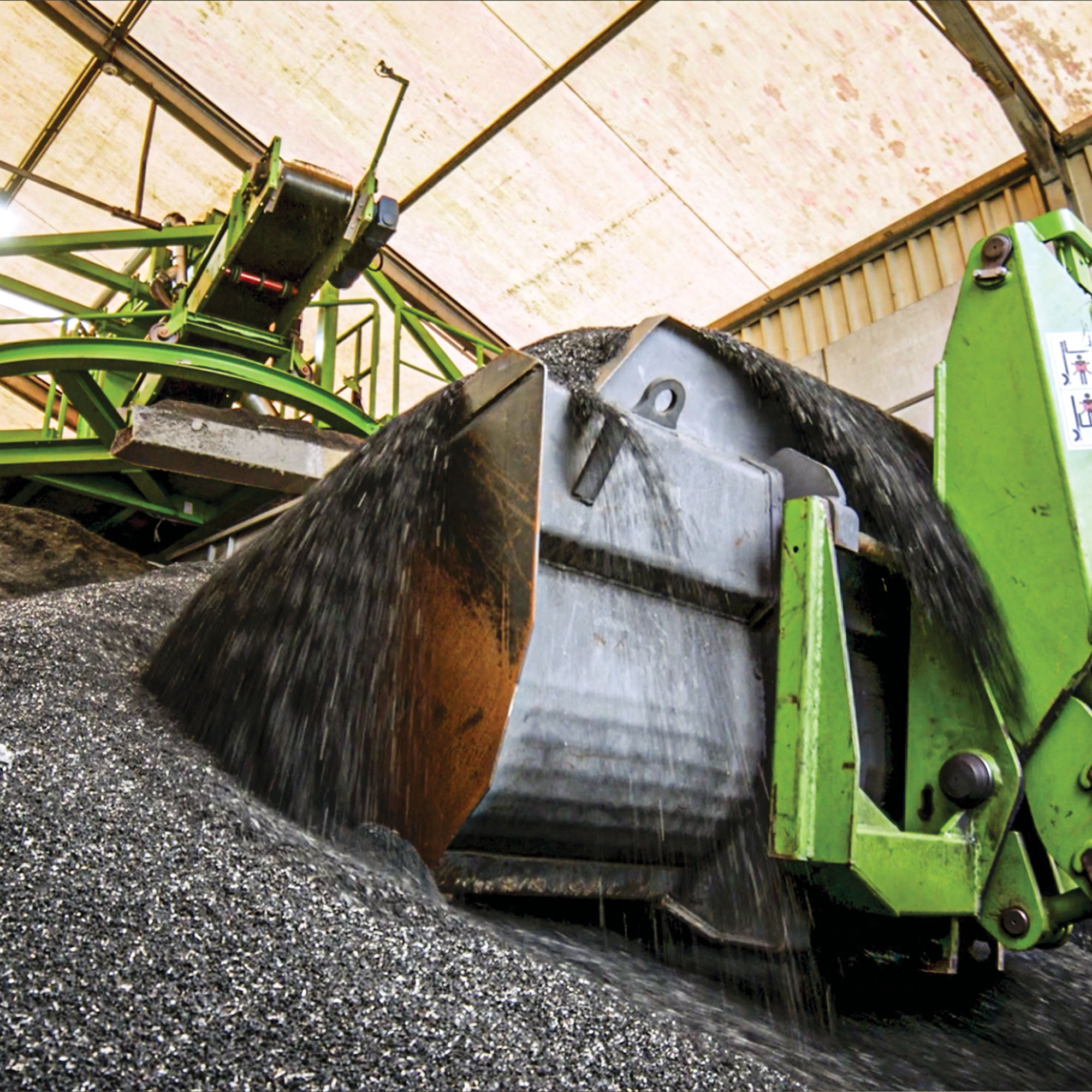

Be they powered by fossil fuels, batteries, or hydrogen, cars are here to stay. So what can be done to make tires greener? In this episode of Stereo Chemistry, C&EN reporters Alex Scott and Craig Bettenhausen look at where the rubber meets the road, literally. Scott examined efforts to make tires more sustainable in a recent cover story for C&EN. He found people working on the movement and fate of tiny specks of tire-and-asphalt dust in the environment as well as large-scale efforts to shift to biobased and recycled raw materials when making new tires. C&EN Uncovered, a project from C&EN’s podcast, Stereo Chemistry, offers another look at subjects from recent cover stories. Read Scott’s May 29th, 2023, cover story about how the tire industry is pushing to become more sustainable at https://bit.ly/42MMseA. A transcript of this episode will be available soon at cen.acs.org. Credits Executive producer: Gina Vitale C&EN Uncovered host: Craig Bettenhausen Cover story reporter: Alex Scott Audio editor: Mark Feuer DiTusa Story editor: Michael McCoy, Ariana Remmel, Laura Howes Copyeditor: Sabrina Ashwell Show logo design: William A. Ludwig Episode artwork: Pyrum Innovations Music: “Hot Chocolate” by Aves Contact Stereo Chemistry: Tweet at us @cenmag or email cenfeedback@acs.org.


When two wastewater treatment facilities in Baltimore, Maryland, broke down in early 2021, the surrounding waterways began filling up with sewage. In this episode of Stereo Chemistry, C&EN business reporter Craig Bettenhausen takes the pod to visit the Back River Plant and Patapsco Plant in the Chesapeake Bay watershed to demystify how these facilities treat wastewater and take a deep dive into the chemistry behind enhanced nutrient removal systems. Chemical engineers, environmental advocates, and infrastructure experts explore what happens to aquatic ecosystems when wastewater treatment systems fail–and share their perspectives on reimagining wastewater as a chemical treasure trove in the future. Listen to our bonus episode with Kerri Jansen here: cenm.ag/jansen-podcast A transcript of this episode is available at https://cenm.ag/treatment. CREDITS Producers: Ariana Remmel, Kerri Jansen; Writer: Craig Bettenhausen; Audio editor: Mark Feuer DiTusa; Story editors: Ariana Remmel, Gina Vitale, Chris Gorski, Mike McCoy; Copyeditor: Sydney Smith; Show logo design: William A. Ludwig; Episode artwork: Craig Bettenhausen; Music (in order of appearance): "Refuge" by Walz, "Lunch Time" by Avner Kelmer


Stereo Chemistry’s longtime host Kerri Jansen is stepping down from her role as executive producer of the podcast. Jansen has been with Stereo Chemistry since it began in 2018, and has played an integral role in the production of C&EN’s flagship podcast. In this bonus episode, Jansen talks with C&EN’s interim coeditors for audio & video, Ariana Remmel and Gina Vitale, about some of her favorite episodes from the Stereo Chemistry archives. Subscribe to Stereo Chemistry now on Apple Podcasts, Spotify, or wherever you listen to podcasts. A transcript of this episode will be available on C&EN's website. LISTEN TO SOME OF KERRI’S FAVORITE STEREO CHEMISTRY EPISODES: How helium shortages have changed science Lithium mining’s water use sparks bitter conflicts and novel chemistry Nobel laureates Frances Arnold and Jennifer Doudna on prizes, pandemics, and Jimmy Page A world without Rosalind Franklin Why chemists are excited by exascale computing There’s more to James Harris’s story CREDITS Producers/hosts: Ariana Remmel, Gina Vitale; Audio editor: Ariana Remmel, Mark Feuer DiTusa; Story editor: Michael McCoy, Krystal Vasquez; Copyeditor: Brianna Barbu; Logo design: William A. Ludwig; Episode artwork: Shutterstock/C&EN Staff; Music (in order of appearance): “Deer Dance” by Ian Post, “Hot Chocolate” by Aves, and “Sunbeam” by EFGR. Contact Stereo Chemistry: Tweet at us @cenmag or email cenfeedback@acs.org.
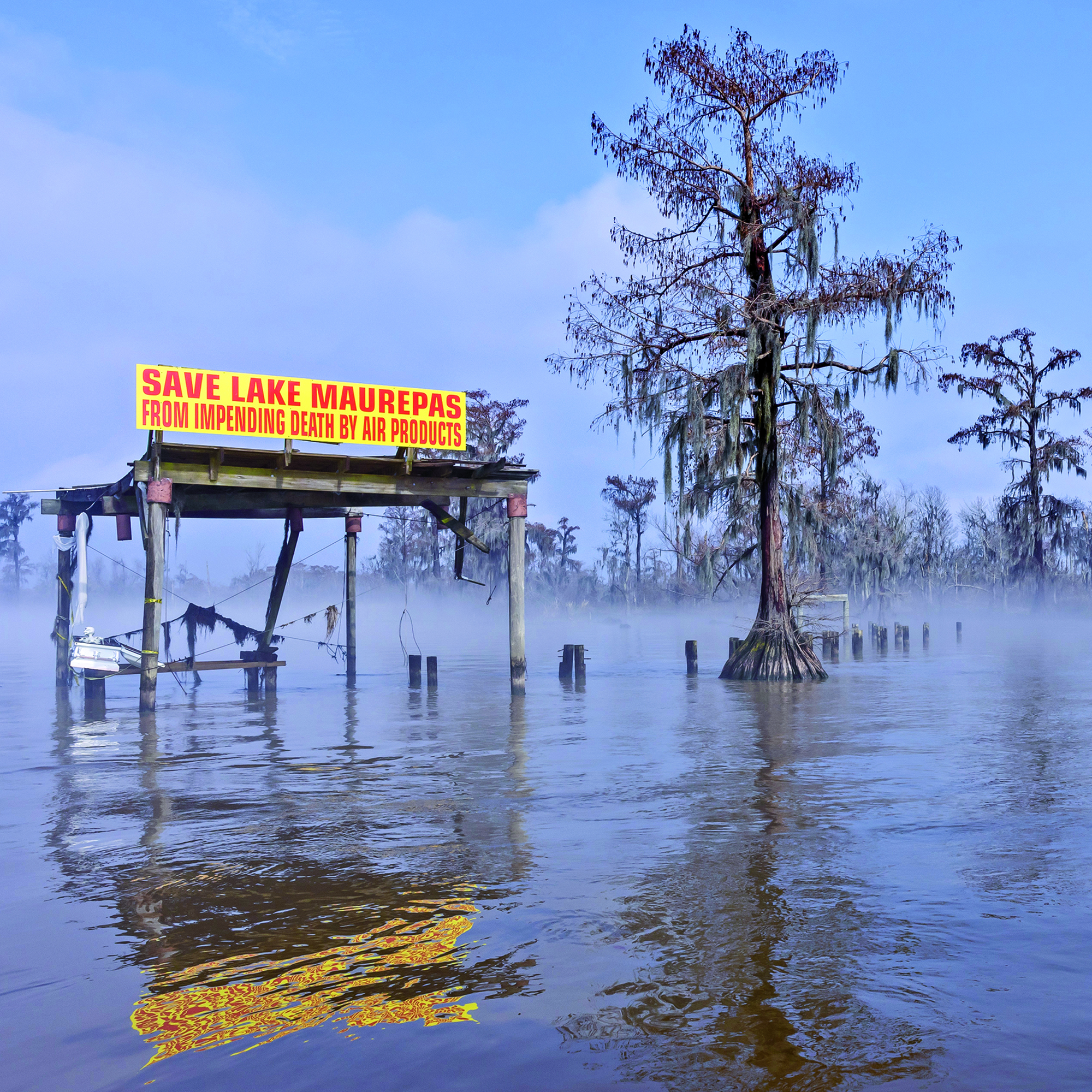

Carbon capture and sequestration is the trapping of CO2 emitted by industrial processes and depositing it beneath the Earth’s surface. Spurred on by tax credits offered by recent federal legislation, companies are racing to implement the technology in geologically suitable locations such as. However, the community around Lake Maurepas, Louisiana, has resisted efforts by Air Products to greenlight such a project under the lake. In this episode, C&EN reporters Craig Bettenhausen and Rick Mullin discuss the fears of the community around the implementation of carbon capture and sequestration around Lake Maurepas and the response from Air Products. C&EN Uncovered, a new project from C&EN’s podcast, Stereo Chemistry, offers another look at subjects from recent cover stories. Read Mullin’s April 2nd, 2023, cover story about carbon capture and sequestration around Lake Maurepas at https://bit.ly/3W4lbCE. A transcript of this episode will be available soon at cen.acs.org. Credits Executive producer: Gina Vitale C&EN Uncovered host: Craig Bettenhausen Cover story reporter: Rick Mullin Audio editor: Mark Feuer DiTusa Story editor: Michael McCoy, Ariana Remmel Copyeditor: Michele Arboit Show logo design: William A. Ludwig Episode artwork: Julie Dermansky Music: “Hot Chocolate” by Aves Contact Stereo Chemistry: Tweet at us @cenmag or email cenfeedback@acs.org.


Lithium iron phosphate (LFP) batteries are cheaper, safer, and longer lasting than batteries made with nickel- and cobalt-based cathodes. In China, the streets are full of electric vehicles using this technology. But LFP never caught on as a chemistry for electric vehicle batteries in North America. In this episode, C&EN reporters Craig Bettenhausen and Matt Blois talk about the promise and risks of bringing lithium iron phosphate to a North American market. C&EN Uncovered, a new project from C&EN’s podcast, Stereo Chemistry, offers another look at subjects from recent cover stories. Read Blois’s Jan. 30, 2023, cover story about lithium iron phosphate at http://bit.ly/3nbMkpK. A transcript of this episode will be available soon at cen.acs.org. Credits Executive producer: Kerri Jansen C&EN Uncovered host: Craig Bettenhausen Cover story reporter: Matt Blois Audio editor: Mark Feuer DiTusa Story editor: Michael McCoy Copyeditor: Sabrina Ashwell Show logo design: William A. Ludwig Episode artwork: David Girai Photography Music: “Hot Chocolate” by Aves Contact Stereo Chemistry: Tweet at us @cenmag or email cenfeedback@acs.org.
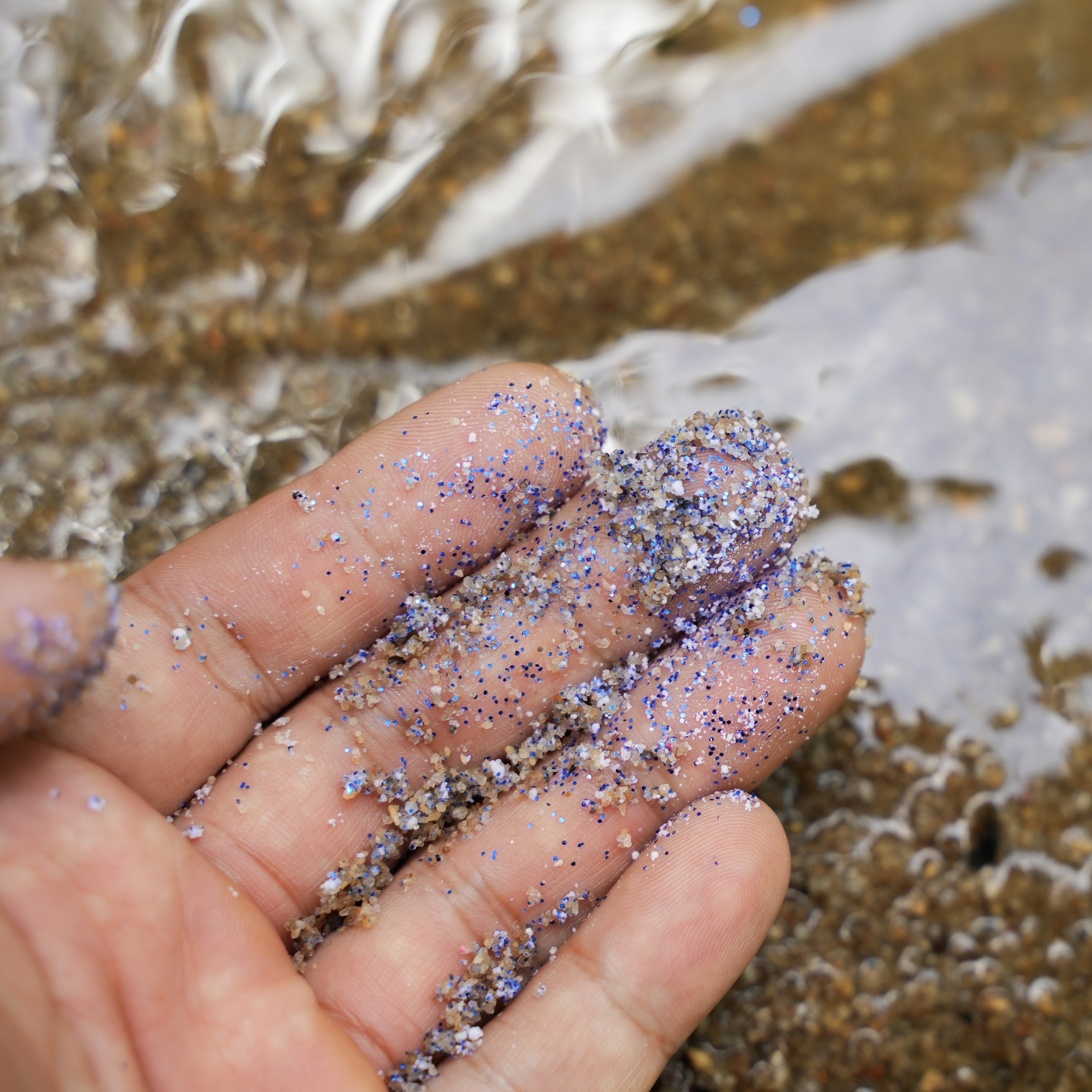

Researchers reported finding microplastics in drinking water nearly 5 years ago, prompting California lawmakers to require monitoring of the state’s drinking water for the tiny particles. But in 2018, there were no standard methods for analyzing microplastics. So California regulators reached out to chemists and toxicologists from all sectors to develop those methods. They also sought assistance in developing a health-based limit to help consumers understand what the monitoring results mean for their health. In this episode of Stereo Chemistry, we will hear from some of the scientists leading those groundbreaking efforts. A transcript of this episode will be available shortly on C&EN's website. Credits Executive producer/host: Kerri Jansen Writer: Britt Erickson Audio editor: Mark Feuer DiTusa Story editors: Jyllian Kemsley, Michael McCoy, Ariana Remmel Audience editor: Dorea I. Reeser Copyeditor: Sabrina Ashwell, Heather Holt Logo design: William A. Ludwig Episode artwork: Shutterstock Music (in order of appearance): “The Process” by Kevin Graham, “Goodness Gracious” by Louis Adrien Contact Stereo Chemistry: Tweet at us @cenmag or email cenfeedback@acs.org.
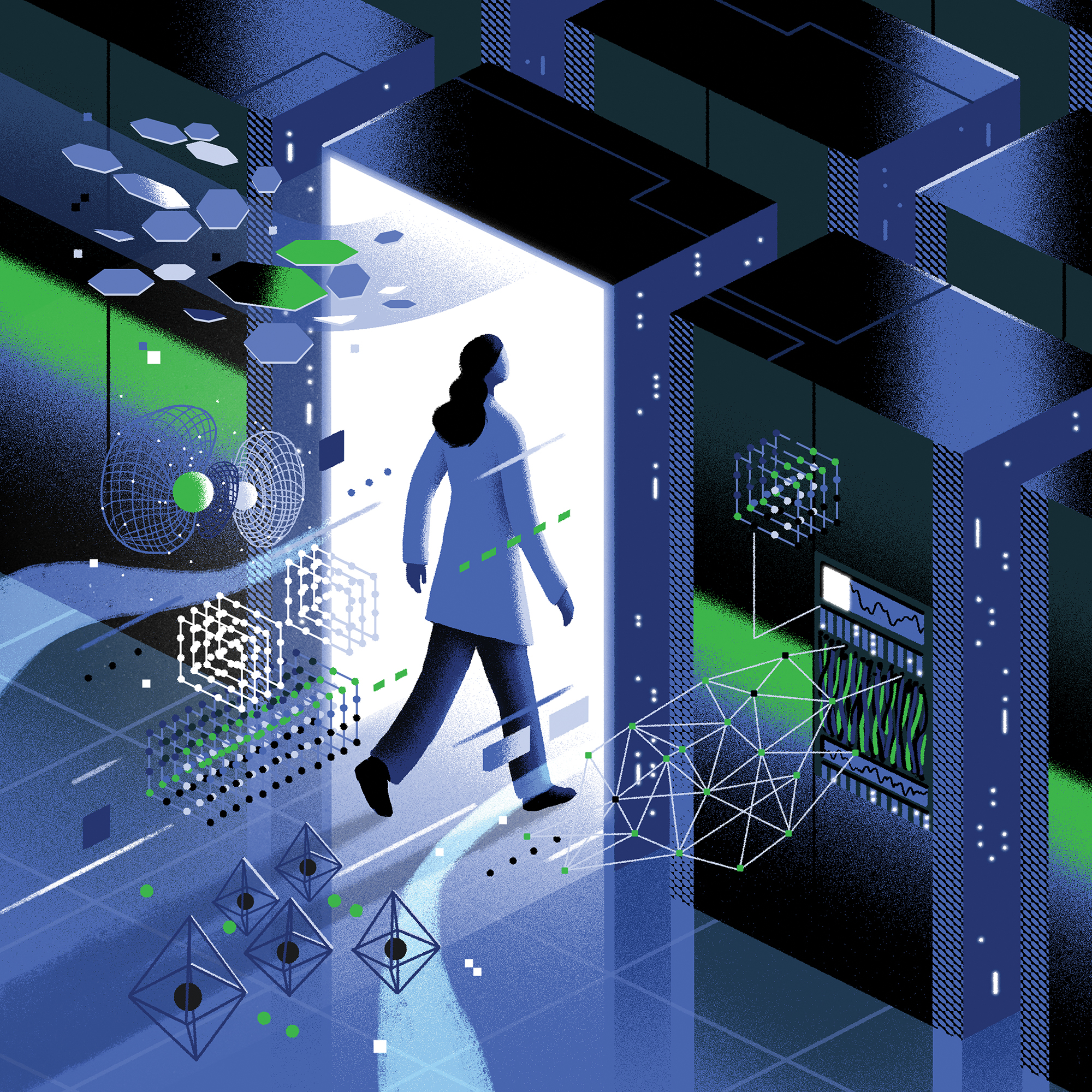

At Oak Ridge National Laboratory, a supercomputer named Frontier has broken the exascale computing barrier, meaning it can calculate more than a million trillion floating-point operations per second. In this episode, C&EN reporters Craig Bettenhausen and Ariana Remmel discuss how Frontier works and what that kind of power could mean for computational chemistry. C&EN Uncovered, a new project from C&EN’s podcast, , offers a deeper look at subjects from recent cover stories. Read Remmel’s Sept. 5, 2022, cover story about exascale computing at https://bit.ly/3RkPjr6. Credits A transcript of this episode is available at https://bit.ly/3HNK1S0. Stereo Chemistry executive producer: Kerri Jansen C&EN Uncovered host: Craig Bettenhausen Audio editor: Mark Feuer DiTusa Copyeditor: Sabrina J. Ashwell Additional review: Dorea Reeser, Manny I. Fox Morone, Michael Torrice Episode artwork: Matt Chinworth Music: "Hot Chocolate" by Aves Contact : Tweet at us at @cenmag or email cenfeedback@acs.org.


In this bonus episode of C&EN’s Bonding Time, we hear from 2022 chemistry Nobel laureates Carolyn Bertozzi and K. Barry Sharpless, who shared the prize along with Morten Meldal for their work on click chemistry and bioorthogonal chemistry. After a November symposium honoring the US-based Nobel awardees at the Embassy of Sweden in Washington, DC, the two chemists discussed their long history of collaboration, how winning the 2022 Nobel Prize in Chemistry has changed their lives, and how they hope to use the spotlight to break down barriers within science. A transcript of this episode will be available shortly at cen.acs.org. To learn even more about this year's Nobel-winning science, listen to our October bonus episode about the prize at bit.ly/3iJ1iSc. Credits Executive producer/host: Kerri Jansen Writer: Gina Vitale Audio editor: Mark Feuer DiTusa Story editor: Michael Torrice Copyeditor: Sabrina Ashwell Logo design: William A. Ludwig Episode artwork: Laura Morton (Bertozzi); Sandy Huffaker (Sharpless)/C&EN Music: “Street Dreams” by Julian Hartwell Contact Stereo Chemistry: Tweet at us @cenmag or email cenfeedback@acs.org.


The 2022 Nobel Prize in Chemistry was awarded to Carolyn Bertozzi, Morten Meldal and K. Barry Sharpless for their development of click and bioorthogonal chemistry which are used by chemists around the world to track biological processes and produce pharmaceuticals. In this special episode of , hosts Gina Vitale and Ariana Remmel delve into the science behind the prize and talk with organic chemist Antoni Riera to discuss the applications of the award-winning chemistry. C&EN contributor Mark Peplow also joins the y crew to talk about his conversation with Nobel Laureate Carolyn Bertozzi. Read more about this award-winning science in Mark Peplow's article about the 2022 Nobel Prize in Chemistry: https://cen.acs.org/people/nobel-prize/Click-and-biorthogonal-chemistry-win-2022-Nobel-Prize-in-Chemistry/100/web/2022/10 Credits Executive producer/host: Kerri Jansen Writer: Ariana Remmel, Gina Vitale Audio editor: Mark Feuer DiTusa Story editors: Jessica Marshall Production assistance: Mark Peplow, Krystal Vasquez Audience editor: Dorea I. Reeser Copyeditor: Heather Holt Logo design: William A. Ludwig Episode artwork: Laura Morton (Bertozzi), University of Copenhagen (Meldal), Sandy Huffaker (Sharpless) Press conference recordings: Courtesy of ©The Nobel Foundation Music: “Rising Tide” by C.K. Martin. Contact Stereo Chemistry: Tweet at us @cenmag or email cenfeedback@acs.org.
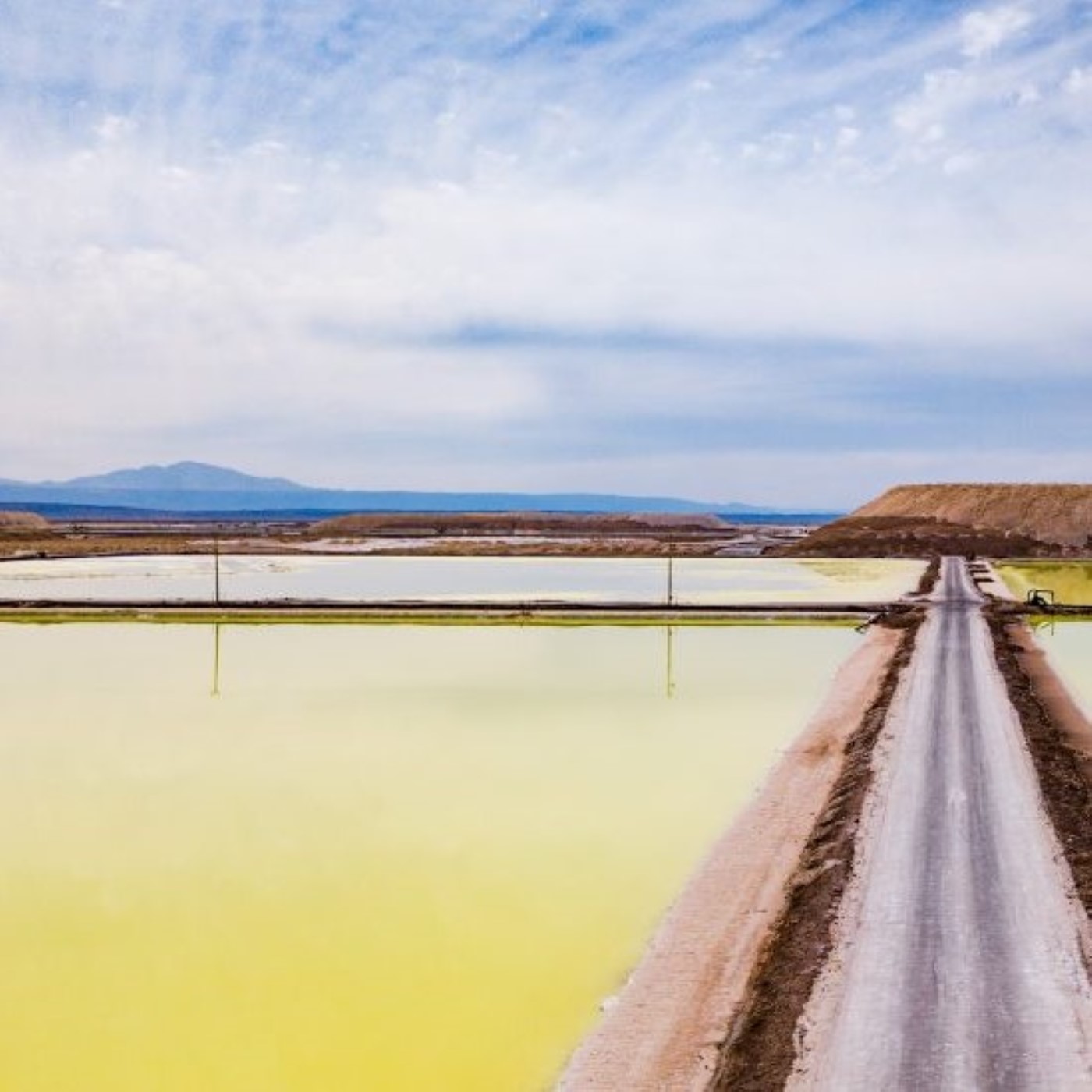

Replacing gas cars with electric ones is a main pillar of plans to fight climate change. But the lithium-ion batteries used in electric cars come with a cost. Communities near the Salar de Atacama in Chile, where about a quarter of the world’s lithium is extracted from salty aquifers, say mining companies pose a serious threat to the local environment and their access to water. Mining companies strongly dispute those claims. In this episode of , we’ll explore the environmental factors at play in the salar and the differing perspectives on how best to measure impact. And we’ll hear from a new group of mining start-ups that claim they can use chemical methods—as yet unproven—to extract lithium without the same impact on water. This is the first episode in a new series exploring the future of water. A transcript of this episode, along with English translations of all Spanish dialogue, is available at bit.ly/3QGlQpu. Sign up for C&EN’s email series “Advancing in the Art of Science Communication” at bit.ly/scicommadvanced. Credits Executive producer/host: Kerri Jansen Writer: Matt Blois Audio editor: Mark Feuer DiTusa Story editors: Michael McCoy, Manny I. Fox Morone, Ariana Remmel Sensitivity editor: Sofía Jarrín Audience editor: Dorea I. Reeser Copyeditor: Heather Holt Translator: Fernando Gomollón Bel, Juan José Sáenz de la Torre Logo design: William A. Ludwig Episode artwork: SQM Music (in order of appearance): "Tinker Toys" by Colton Dewberry, "Pebbles Dance" by Roie Shpigler, "Earth & Heavens" by Sémø and Ian Post, "Street Dreams" by Julian Hartwell, "There's No One Else Just Like Me" by Shahar Guttman, "Eternal Sunshine" by Stanley Gurvich Contact Stereo Chemistry: Tweet at us @cenmag or email cenfeedback@acs.org.


Famed lithium-ion-battery pioneer and Nobel Prize–winner John Goodenough has achieved yet another milestone—a century on Earth. Goodenough celebrates his 100th birthday on July 25, 2022. In honor of the occasion, host Kerri Jansen and C&EN reporter Mitch Jacoby revisit their 2019 interview with the renowned scientist, recorded at his office at the University of Texas at Austin just prior to his Nobel win. In the expansive and candid conversation, Goodenough tells about childhood adventures, infernal exams with Enrico Fermi, and his path to the innovation that enabled an electronics revolution. A transcript of this episode is available at bit.ly/3otFrh3. Music credit: “Happy Birthday To You (Orchestral)” by beanstalkaudio/Pond5.com Image credit: Mitch Jacoby/Robert Bryson/C&EN/Milano M/Shutterstock
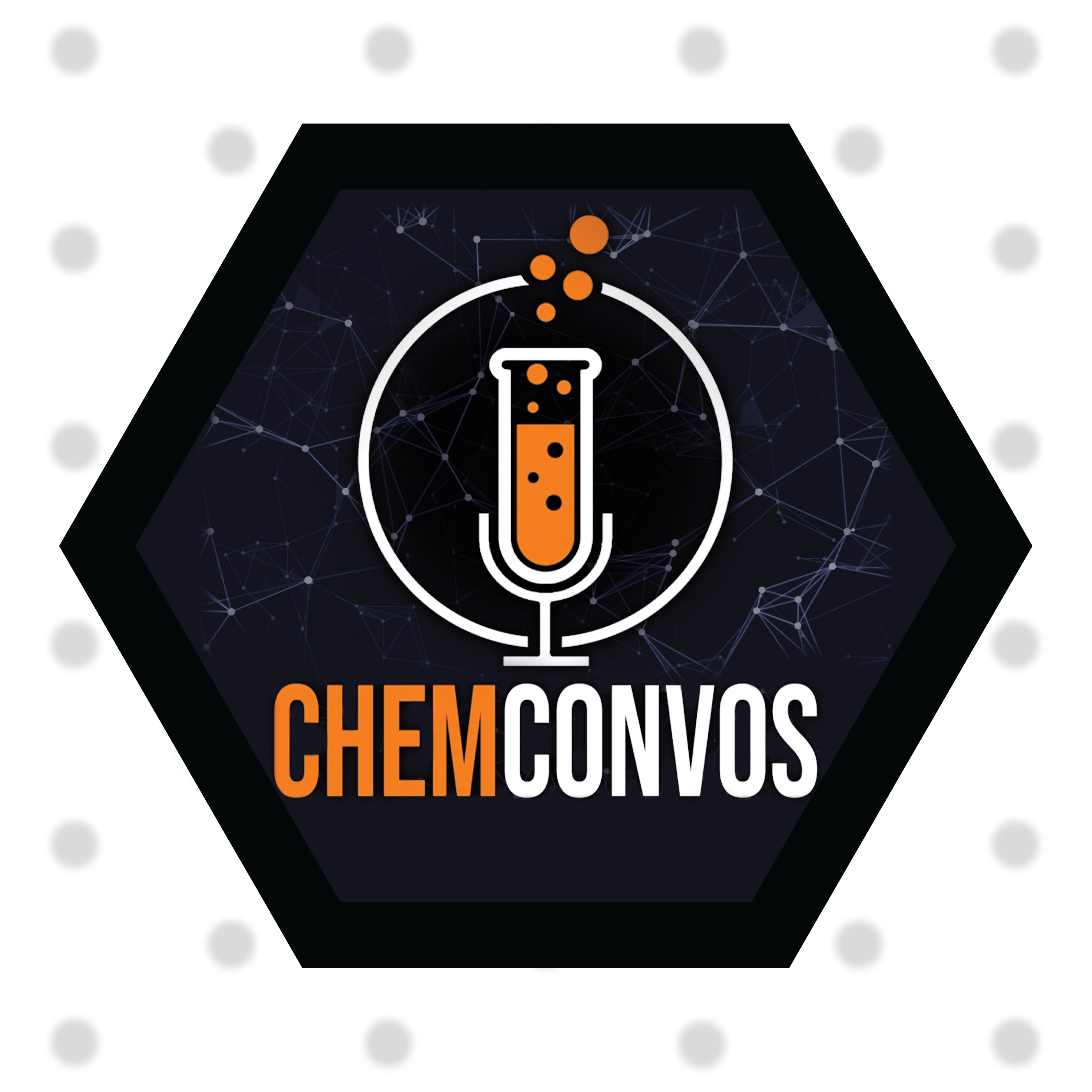

This month, is sharing an episode of the podcast featuring an interview with materials scientist, self-described “Raman spectroscopy enthusiast,” and prolific Wikipedia editor Jess Wade. On , hosts Henry Powell-Davies and Medina Afandiyeva seek to uncover the story behind the scientist. In this episode, the trio discusses not only Jess’s work as a research fellow at Imperial College London but also how she manages burnout and the importance of a supportive lab culture. And, of course, they dig into the origins of her Wikipedia project, which has resulted in Wade creating more than 1,400 biographies on Wikipedia aiming to highlight women, people of color, and LGBTQ+ scientists and engineers. Follow ChemConvos on Twitter at @ChemConvosPod. Find new episodes at anchor.fm/chemconvospod or on your favorite podcast platform. A transcript of this episode is available at bit.ly/3yb4lb8. Image credit: Courtesy of /C&EN
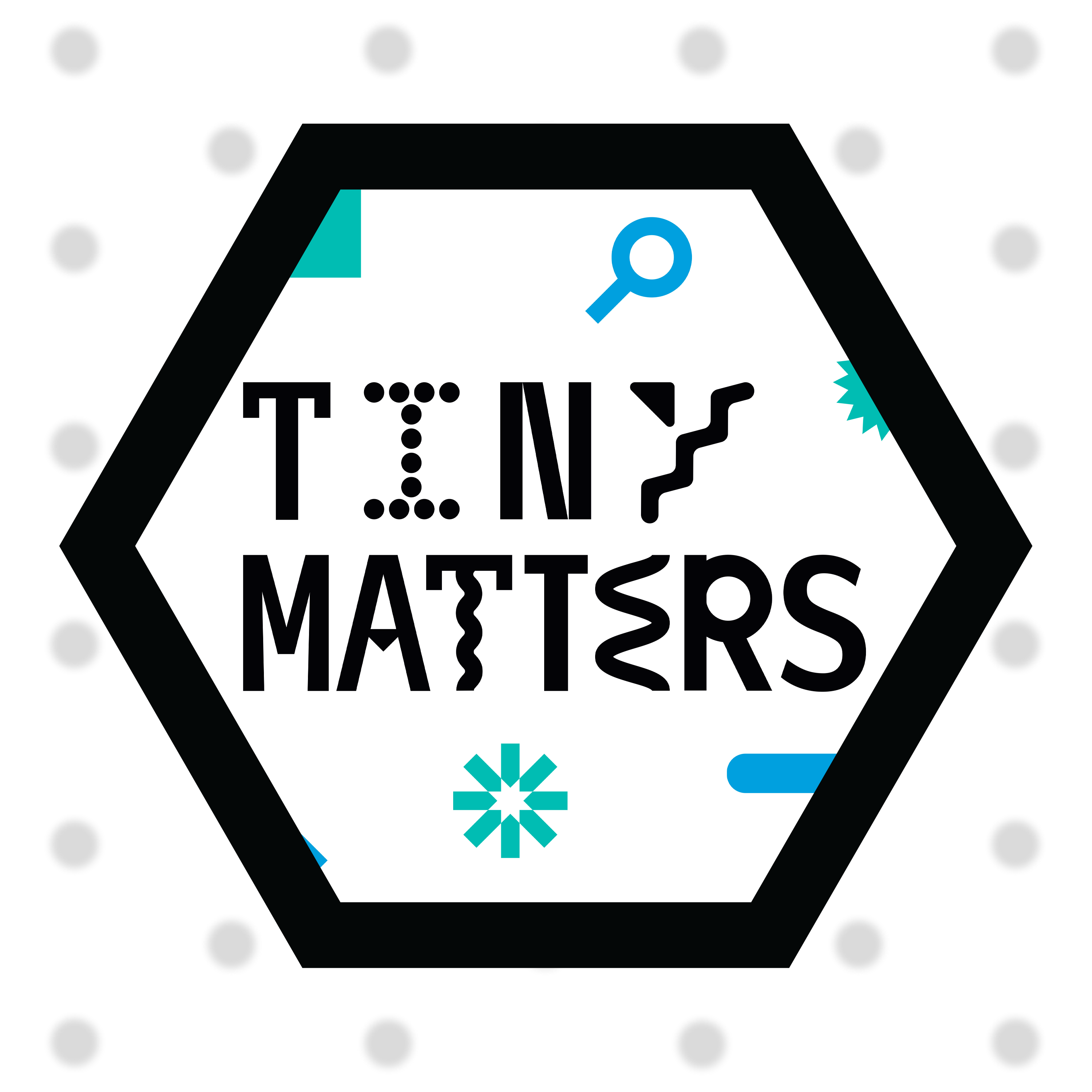

Our bodies need sugar to survive. But most of us consume way more than we actually need, and many foods and beverages pack a dose of added sweeteners. So why are we eating all of this extra sugar? This month, is sharing an episode of the podcast that examines that question. In the episode, hosts Sam Jones and Deboki Chakravarti explore sugar’s impact on our bodies and trace how a genetic mutation that helped our distant ancestors survive is influencing our health today. And they dig into the debate around whether sugar can fairly be called addictive. Note: This episode contains discussion of addiction and eating disorders. Listen to on the American Chemical Society’s website at https://www.acs.org/content/acs/en/pressroom/tiny-matters.html or on your favorite podcast platform. ACS also publishes , which is the independent news outlet that powers . More on sugar from C&EN: The sugar wars are about to change your food label. Here’s why. https://cen.acs.org/business/specialty-chemicals/sugar-wars-change-food-label/97/i41 The case against sugar https://cen.acs.org/articles/92/i31/Case-Against-Sugar.html Image credit: Courtesy of /C&EN


Chemists may know James Harris as the first Black scientist to be credited with codiscovering an element. In fact, we referenced this in a previous episode of about making superheavy elements. But beyond this memorable factoid, details about the accomplished nuclear chemist are scarce, and most sources repeat the same superficial information. Kristen Frederick-Frost, curator of modern science at the Smithsonian’s National Museum of American History, wants to change that. After discovering that the museum's database lacked material on Harris, she scoured archival records and sought out former colleagues, friends, and family members to fill in details of his life and career. In this bonus episode of , host Kerri Jansen and special guest Dr. Darryl Boyd join Frederick-Frost to explore James Harris’s story beyond the discoveries that made him famous. And we even get an unexpected peek into his lab, courtesy of the US National Archives. Boyd, a polymer chemist, previously researched James Harris while writing a short article for C&EN’s “Black Chemists You Should Know About.” A transcript of this episode is available at bit.ly/37P0qpY. Image credit: Steve Gerber/Lawrence Berkeley National Laboratory © 2010 The Regents of the University of California, through the Lawrence Berkeley National Laboratory Music credit: "Just Enough for a Heartbeat" by Roy Young Contact by emailing cenfeedback@acs.org.


Helium shortages can derail research and threaten expensive instruments that depend on the gas to operate safely. In late 2020, analysts predicted—and we reported—that pressures on the global helium market were likely to ease as new production capacity came online. Today, helium users are again facing price spikes and limited supplies, driven by a variety of factors including political instability in Europe and technical malfunctions at key suppliers. In this bonus episode of , C&EN industrial gas reporter Craig Bettenhausen explains how we ended up here again and how the outlook for the global helium market has evolved. A transcript of this episode is available at bit.ly/3tBSGzF. For more background about where helium comes from, why it's so important to science, and what happens when you can't get enough of it, check out our October 2020 podcast episode, How helium shortages have changed science. Image credit: Boris Steinberg, Johns Hopkins Chemistry Music credit: “How Did I Get Here” by Sean Solo Contact by emailing cenfeedback@acs.org.


Being a chemistry professor is a juggling act. But sometimes professors have too many balls in the air. How do they know which ones to grab and which to let drop? In this episode of , C&EN's Leigh Krietsch Boerner sits down with organic chemists Sarah Reisman and Melanie Sanford to hear how they decide what projects to work on, what sparks joy for them in the lab, and what being an organic chemist really means to them. A transcript of this episode will be available soon at cen.acs.org. Sign up for C&EN’s Selling Your Science: The Art of Science Communication at cenm.ag/sciencecommunication. Contact by emailing cenfeedback@acs.org. Image credit: Will Ludwig/C&EN/Lance Hayashida/University of Michigan
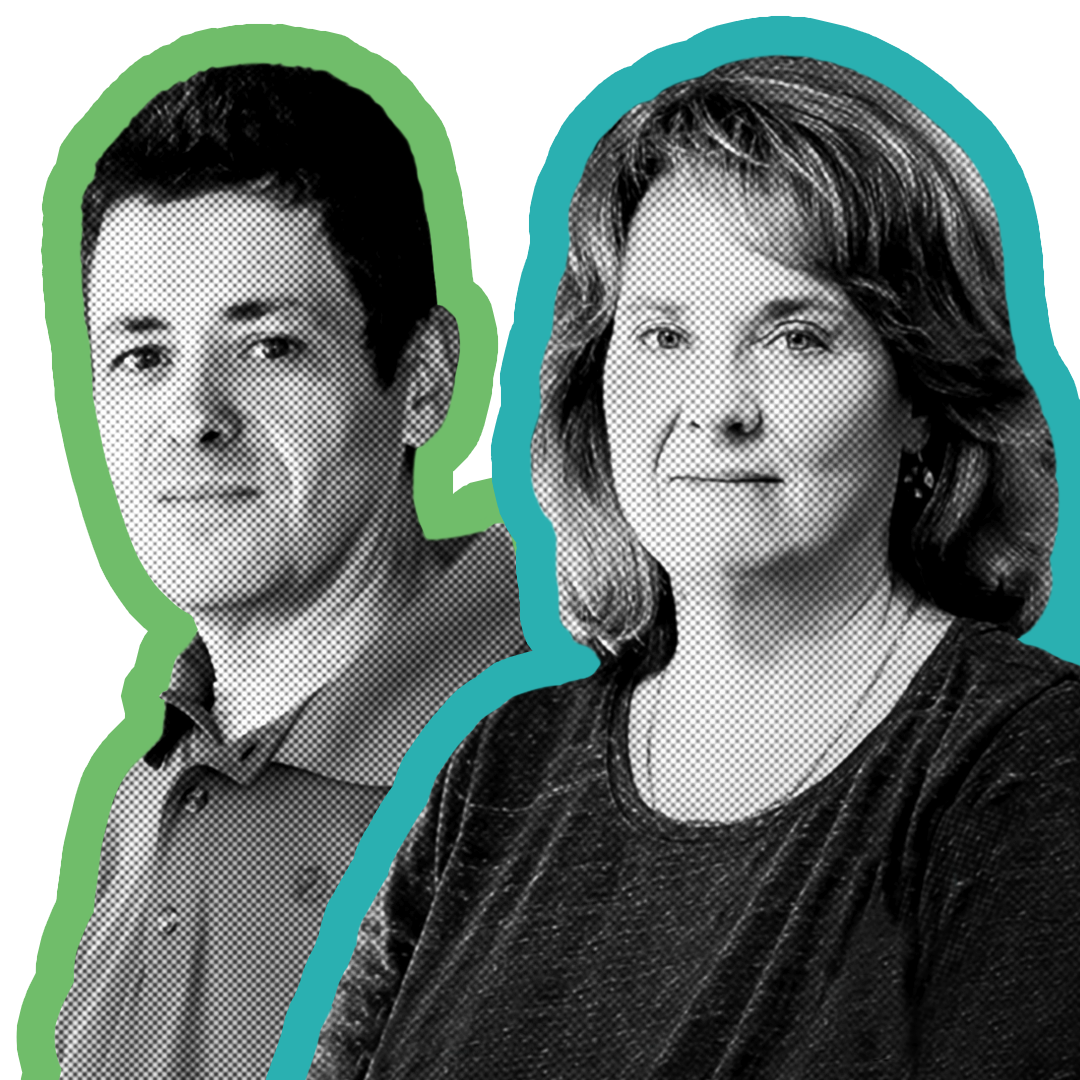

Imagine you’re an atmospheric chemist. There’s a pandemic. And public health officials release information about how the virus spreads from one person to another—information that directly contradicts your knowledge of how tiny particles move in the air. What do you do? In this episode of , Jose-Luis Jimenez and Kimberly Prather talk to C&EN editor Jyllian Kemsley about how they’ve handled that situation over the past 2 years. They share their frustrations with public health officials along with the heartbreak and rewards of communicating science with the general public, and what they plan to take from their experiences as they think about their research going forward. A transcript of this episode is available at bit.ly/3rzzCzI. Sign up for C&EN’s Selling Your Science: The Art of Science Communication at cenm.ag/sciencecommunication. Contact cenfeedback@acs.org Image credit: Will Ludwig/C&EN/Mariana Pereira (Jimenez)/Erik Jepsen/University of California San Diego (Prather)
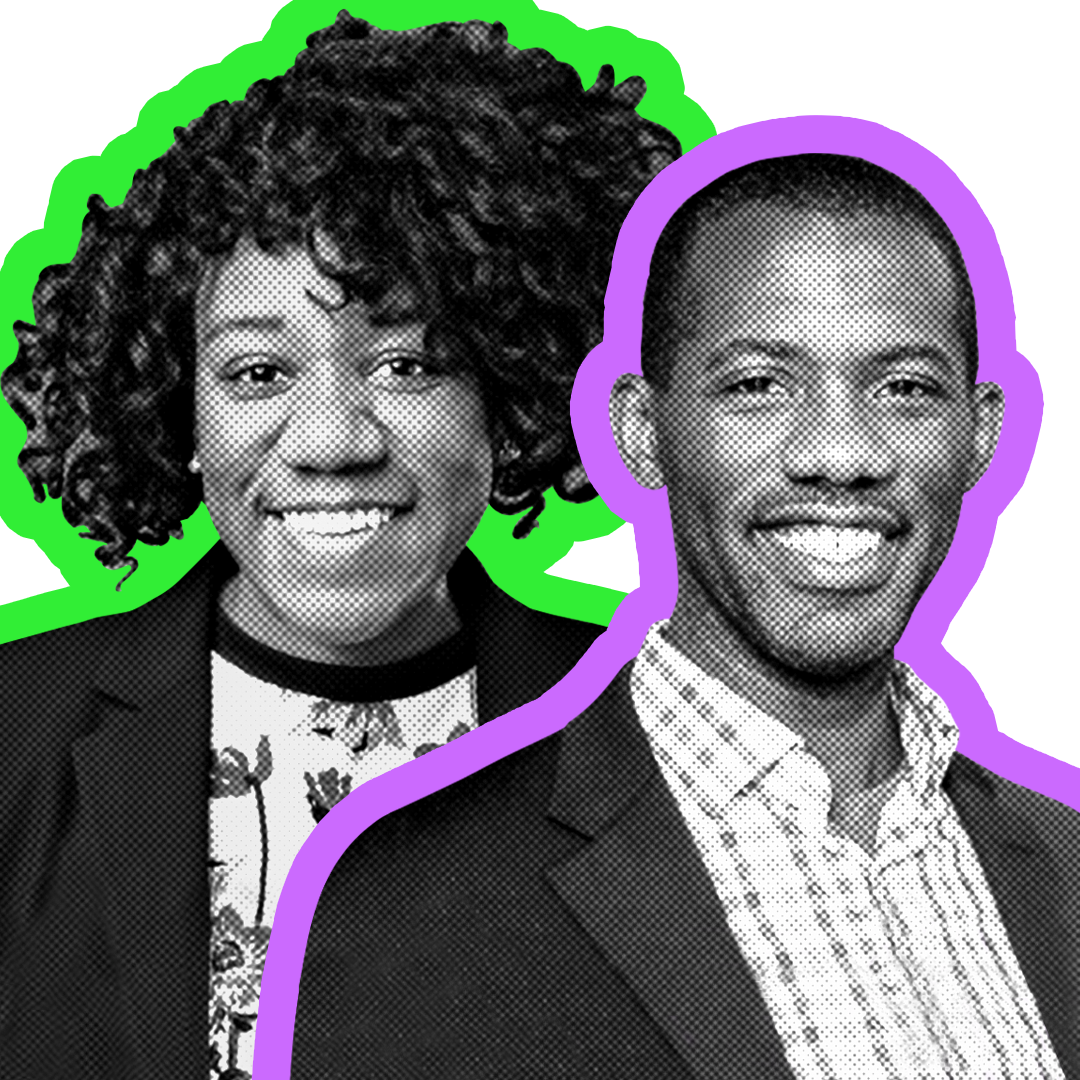

How do we build water systems that are sustainable and also equitable? On this episode of , Jessica Ray and William Tarpeh talk with C&EN reporter Katherine Bourzac about how they use their chemical engineering know-how to develop simple systems for filtering toxic chemicals from our water and harvesting useful chemicals from urine. They also discuss finding ways to thrive as assistant professors and building support networks as Black junior faculty. A transcript of this episode is available at https://bit.ly/3pggyGU. Sign up for C&EN’s weekly newsletter at bit.ly/chemnewsletter. Contact us: cenfeedback@acs.org Image credit: Will Ludwig/C&EN/University of Washington/Courtesy of William Tarpeh
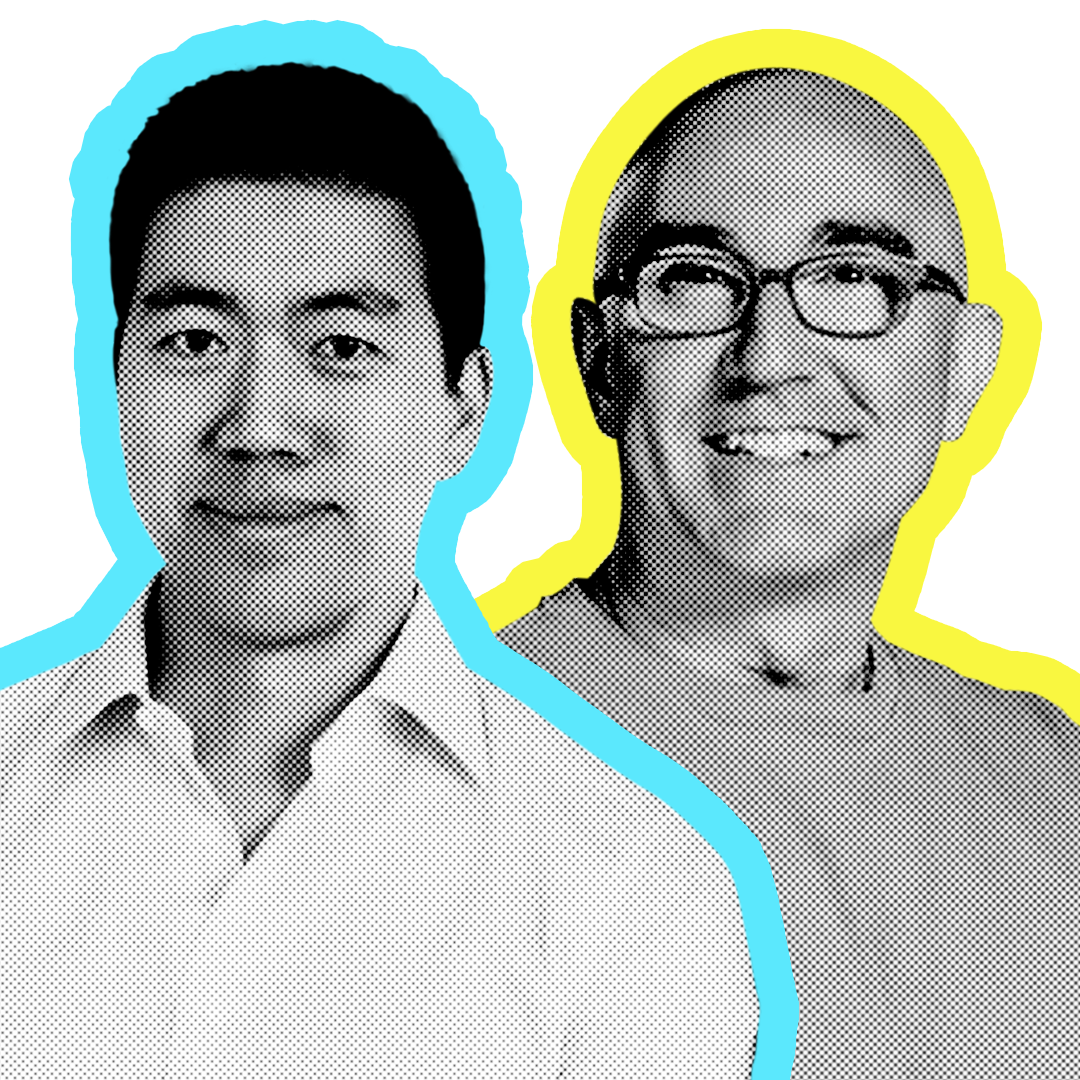

What motivates a creative scientific mind? How does an accomplished scientist pinpoint new subjects to explore? How is the field of chemical biology evolving? In this episode of , we probe those questions with scientists and serial entrepreneurs David Liu and Stuart Schreiber, both pioneers in developing tools that use chemistry to explore biology. A transcript of this episode and links to past C&EN coverage of David Liu and Stuart Schreiber will be available soon at cen.acs.org. Read Stuart Schreiber’s Harvard Magazine article about discovering his family’s secrets at https://www.harvardmagazine.com/2019/07/dna-testing-schreiber Sign up for C&EN’s weekly newsletter at bit.ly/chemnewsletter. Image credit: Will Ludwig/C&EN/Beam Therapeutics/Stuart Schreiber


’s new season will launch on Nov. 23, featuring eight chemistry greats in conversation with . . . each other. In each episode, two sensational chemists will pair up for in-depth conversations moderated by a C&EN reporter. Listen now as show host Kerri Jansen reveals the lineup with new team member Attabey Rodríguez Benítez. Image credit: C&EN/Shutterstock
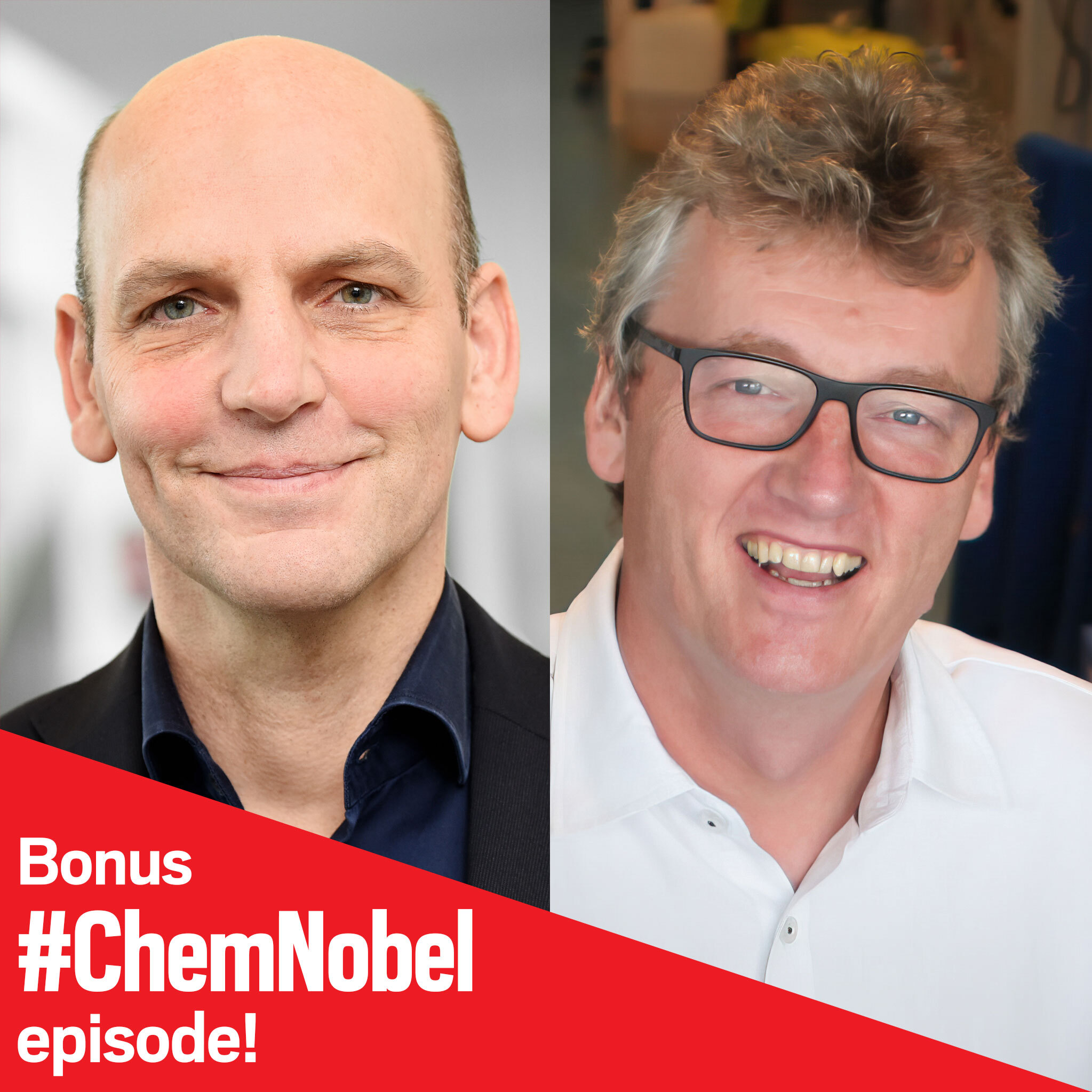

The 2021 Nobel Prize in Chemistry went to Benjamin List and David W. C. MacMillan for their development of asymmetric organocatalysis, which has proved to be a powerful tool for building molecules. In this special episode of , host Kerri Jansen, C&EN reporter Leigh Krietsch Boerner, and C&EN editorial fellow Emily Harwitz delve into the science behind the prize. Merck’s Rebecca Ruck also joins the crew to weigh in on how organocatalysis has impacted drug development. An edited transcript of this episode will be available soon on cen.acs.org. Read more about the 2021 Nobel Prize in Chemistry in Leigh Krietsch Boerner’s article on the prize at bit.ly/3iD0hs2. Image credit: © Frank Vinken (List); Princeton University, Department of Chemistry, © Todd Reichart (MacMillan)
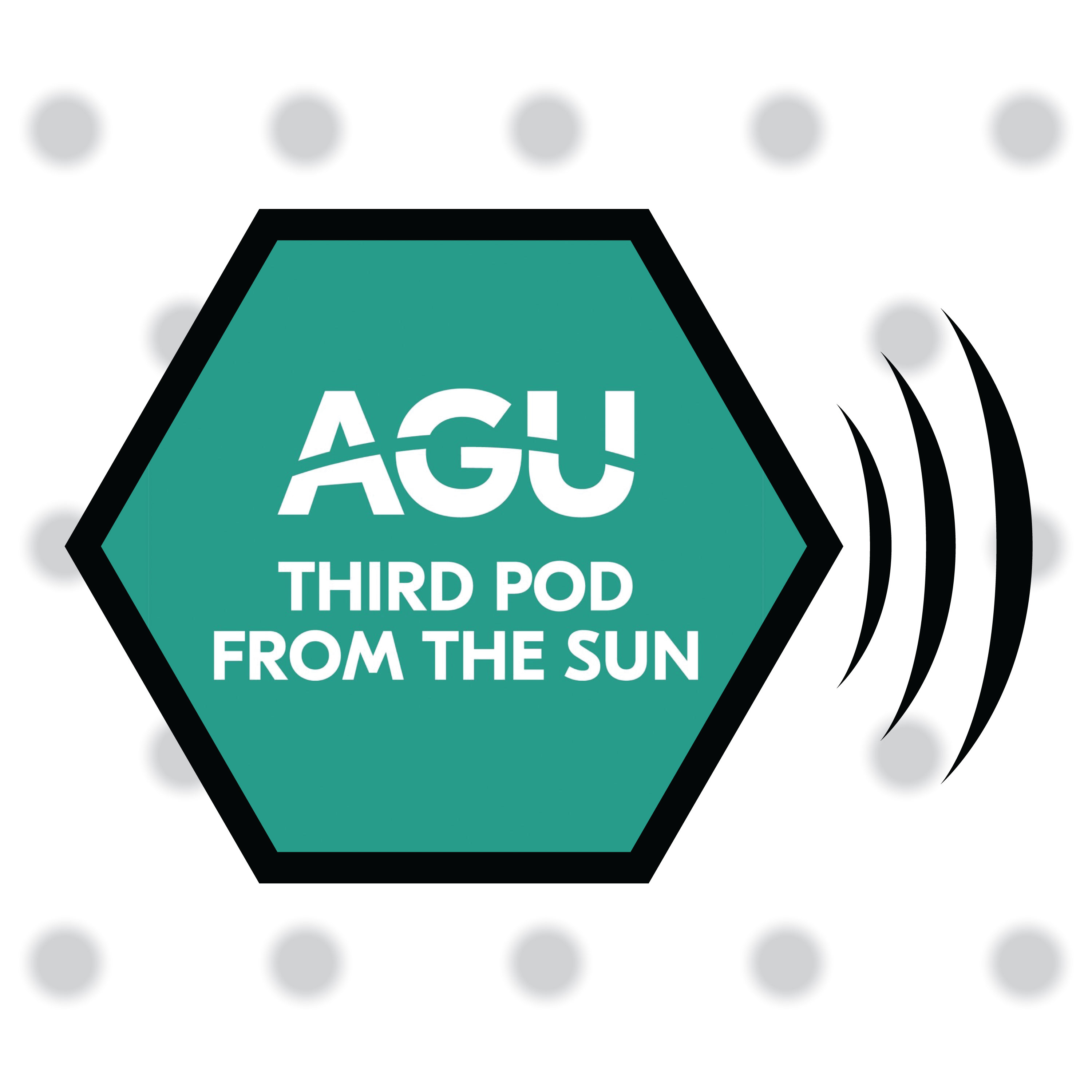

This month, is sharing an episode of , a podcast from the American Geophysical Union, featuring an interview with retired astronaut and former professional athlete Leland Melvin. In the episode, Melvin describes how an early—and explosive—interest in chemistry grew into a scientific career at NASA and two missions to the International Space Station. Find more stories from at thirdpodfromthesun.com, Apple podcasts, and wherever you get podcasts. Image credit: Courtesy of /C&EN
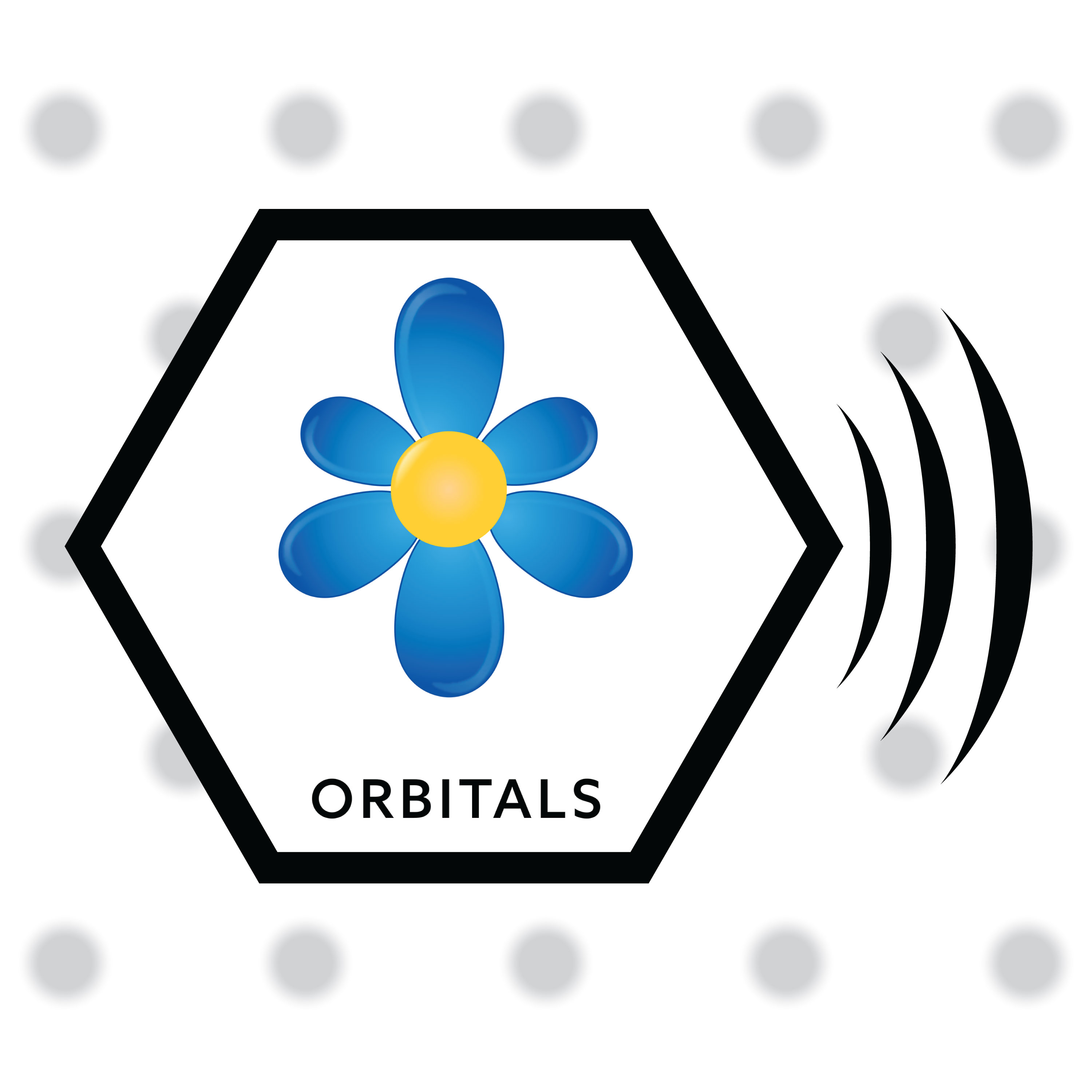

This month, is sharing an episode of that features an interview with forensic chemist Shari Forbes, an expert in human decomposition who studies the odors of decomposition at a body farm in chilly Quebec. Research at body farms—research facilities dedicated to studying what happens to human bodies after death—supplies law enforcement with valuable information about the process of decomposition in various scenarios. A transcript of this episode is available at bit.ly/3jdvLFN. Find more stories from on the American Chemical Society’s website, acs.org, or wherever you listen to podcasts. Image credit: Courtesy of /C&EN
